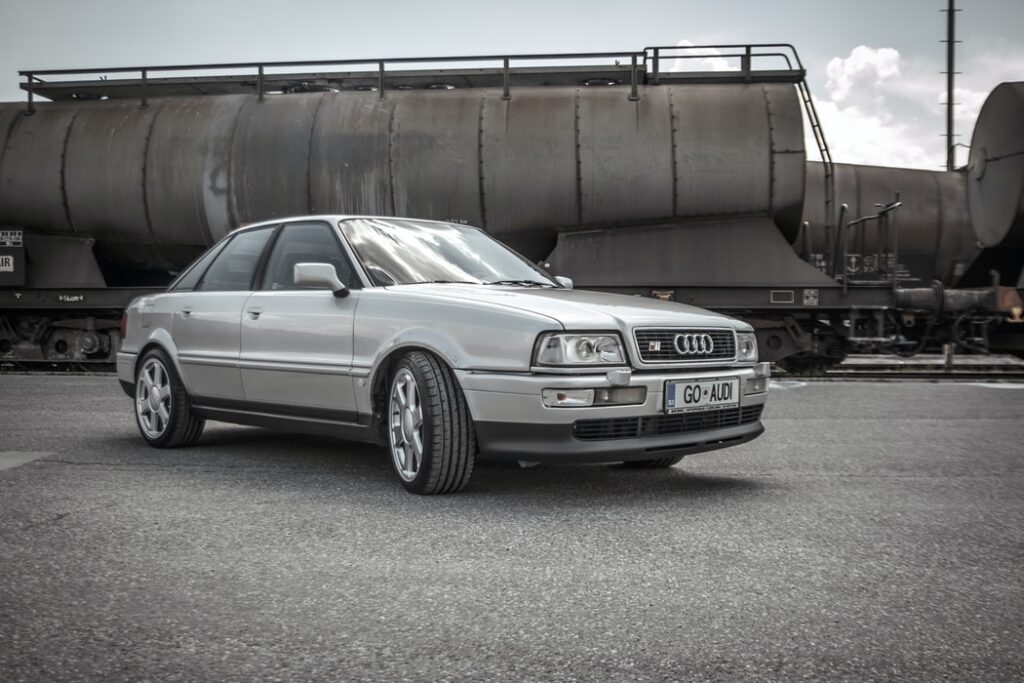Your new car won’t stay new forever. Now, we know that the collective American fleet is maturing. In fact, aging cars are more prominent on US roadways than they have been in 20 years—even before the start of the COVID-19 pandemic. In January 2020, the average age of cars, SUVs, and pickup trucks rose to 11.9 years, a steady increase from years prior.
There are a lot of reasons for this. One, many people have put a brand-new automotive purchase on the backburner after getting pummeled from the Great Recession (and again the pandemic-induced recession). Two, technology and efficiency is innovating so quickly in the industry that people are holding out for as long as they can. Plus, with people working from home more often, cars are likely to last longer in the coming years. And those are just a few touchpoints.
Even if you have purchased a new vehicle in the last few years, transitioning from that new car owner mindset to an aging car owner mindset requires some intentionality. Here are a few key questions you can ask yourself to stay on top of one of your most valuable assets—your wonderfully aging car.
Am I considering regular wear and tear that might not be obvious in a newly aging car?
Just because your car’s check engine light isn’t on and you’re not sputtering on the side of the road doesn’t mean you shouldn’t keep your nose to the ground when it comes to your vehicle. In this case, it’s best to get a regular diagnostic check-up from a trusted local mechanic.
Typically, mechanics charge a flat rate for a diagnostic evaluation. From there, they’ll tell you what you need to have done, what might be nice for you to get done, and what is good—for now.
A diagnostic check-up on an aging car is a great way to prevent small problems from turning into big problems. This can save you loads of cash in the long run and help you keep your beloved vehicle longer (or get more money for the vehicle when it’s time to sell).
Do I know the difference between OEM and aftermarket parts?
There comes a time in every car owner’s life when they need to replace a part on their vehicle. This could be something as simple as headlights or as intricate as spark plugs (which just so happen to be notoriously challenging to replace).
It depends on the part and accessibility, but you often have a choice between original equipment manufacturers (OEM) like Ford, Toyota, Subaru, or any other vehicle brand or aftermarket parts.
Aftermarket parts are almost always more affordable than OEM parts. The only caveat here is that you must find a trusted dealer for your parts. Thanks to the advent of reviews and fake spot plug-ins, finding a reliable source is easier than ever.
The good thing about getting new parts is that it may give you the opportunity to upgrade from the ride you once knew. That’s an exciting notion, even amidst the mechanic’s invoice.
Am I treating my aging car right?
Fuel economy and vehicle longevity depend heavily on the driver behind the wheel. Of course, automakers play a big role in this, too. But the way you drive can make a world of difference.
Consider implementing safe and healthy driving habits like:
- Avoiding potholes
- Breaking and accelerating smoothly and steadily
- Allowing your car to stop fully before switching to reverse
These are just a few ways to improve your car’s efficiency and longevity. At the end of the day, a happier car means a happier driver.
Your aging car is there for you. Are you there for it?
As your car matures, getting in the right mindset is paramount. You’re no longer driving the latest model on the lot, and that’s A-Okay. What’s important, though, is that you start acting like it.
At risk of sounding like a parent trying to teach their permit-holding child some responsibility, a car really is one of the most expensive investments you will make in your life, so make it last.
